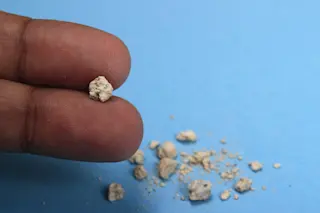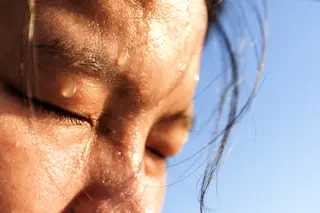Over a period of three months to three years, compounds like calcium, uric acid and bits of organic matter coalesce into the crystallized structure we know as the kidney stone.
This formation process, as it turns out, is remarkably similar to geological processes in some coral reefs, hot springs and even ancient Roman aqueducts. After formation, they appear to dissolve, fracture and crystallize. When researchers probe the mineral layers in kidney stones, they find it looks much like a nanoscale version of the multi-colored strata of the Grand Canyon.
For the past several years, a team of experts in geology, urology and nephrology have analyzed 90,000 kidney stones from all over the world. In a study published last month in the journal Nature Reviews Urology, the team reports on this formation process and proposes a new, geology-based way to classify kidney stones.
What they found upends the previously accepted notion ...














